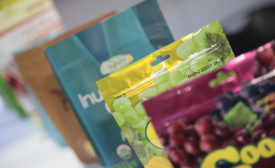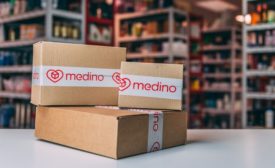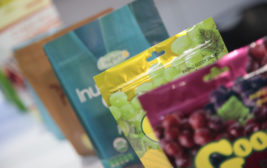Tom Egan
Tom Egan is the vice president for industry services at PMMI. For more information, visit www.pmmi.org
ARTICLES
PACK EXPO Connects: Preview
How brands can leverage packaging to uphold consumer expectations amid the COVID-19 crisis
Read More
PACK EXPO Connects: Preview
Easing Product Safety Concerns in an Uncertain Climate
How brands can leverage packaging to uphold consumer expectations amid the COVID-19 crisis.
October 11, 2020
Industry Q&A: Flexible Packaging
Delving Into the Drivers of Flexible Packaging
February 14, 2020
PMMI Column
Sustainable Packaging Update
Innovations in plastic and new materials help make packaging greener.
April 11, 2019
The Internet of Things technology
How the Internet of Things is improving manufacturing
November 1, 2016
PMMI Corner
Global Beverage Packaging Trends
Health consciousness, sustainability concerns and a growing middle class impact the industry.
December 10, 2015








